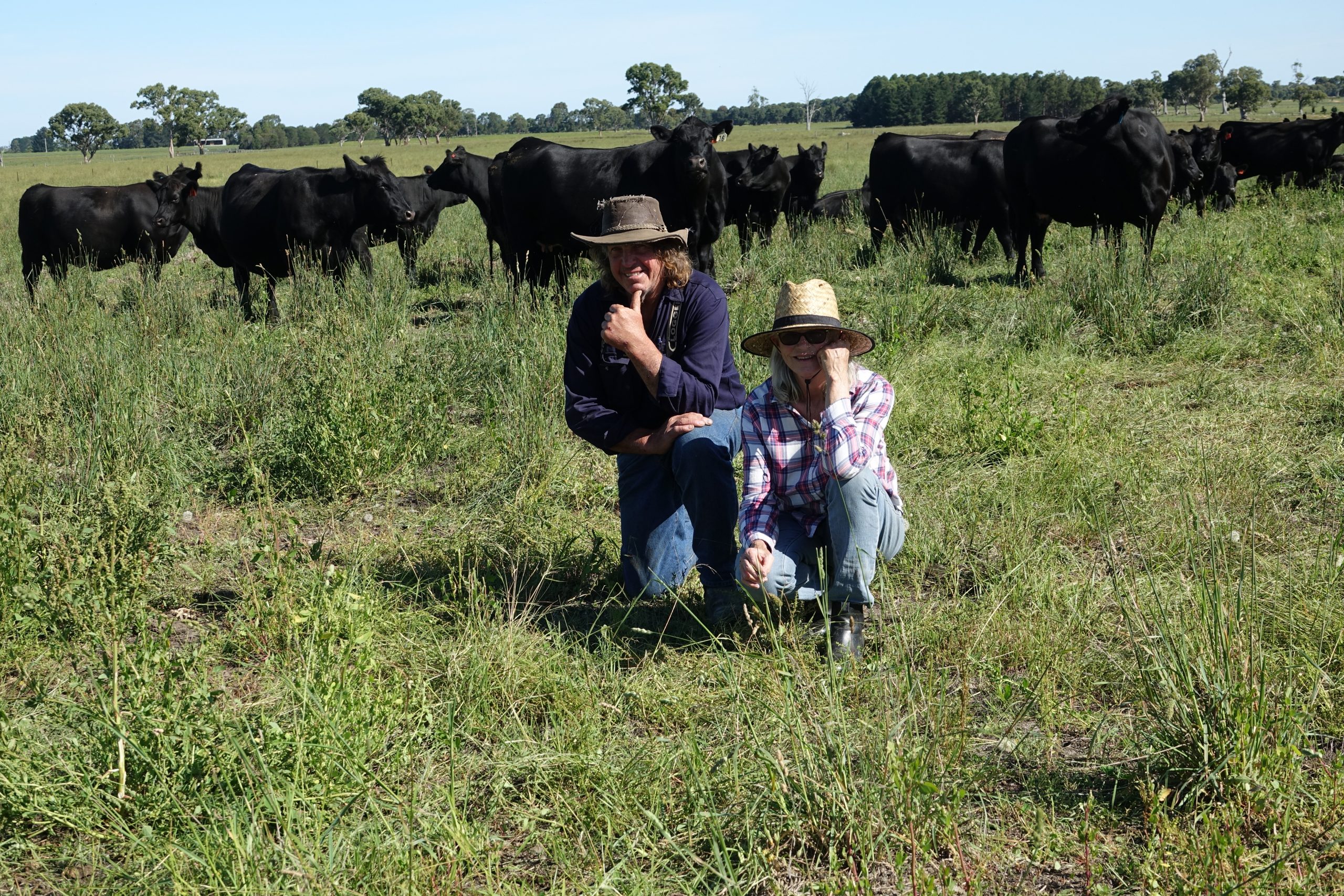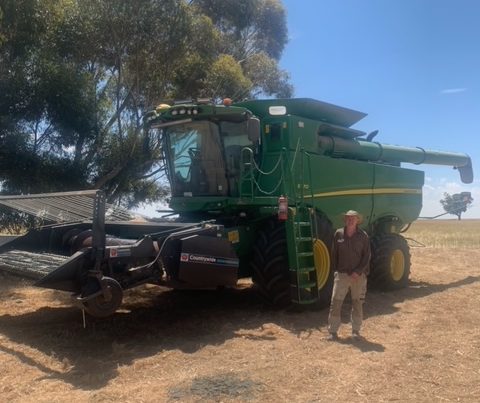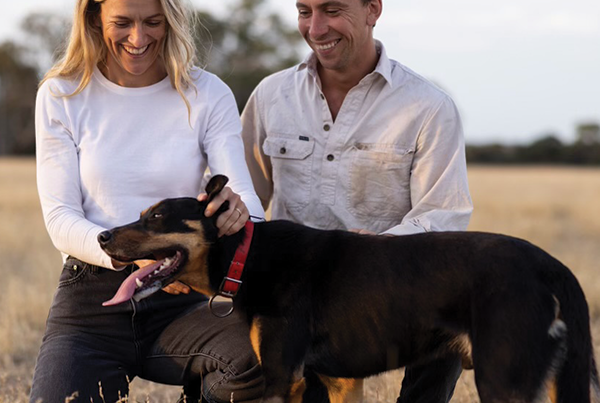At a glance
Who: Rose and Lou Maher
What: 1100 Acre grazing property/Grass fed Angus breeding enterprise.
Where: Perry Bridge via Stratford, Wellington Shire on Red Gum Plains. Approximately a kilometre from Lake Wellington, as the crow flies.
Can you tell us about your property?
We were originally partners in the family farming business and have now been operating our own farming enterprise for approximately 10 years. Our youngest daughter also assists in the enterprise. The landscape was previously old sand dunes which were interspersed with swampy areas. Now our property is undulating perennial grasslands with no surface water courses, except in times of extreme flood. There are a number of low lying areas which have to be managed carefully to avoid compaction when wet.
Our overall objective is to manage the landscape to enhance biodiversity and landscape function to provide a resilient and productive enterprise for the next generation. Our focus is on healthy soil (underground livestock), sustainable resilient landscape, biodiversity, stock health and quality lifestyle in a farming environment. We are achieving this through a number of strategies including:
- Maintaining 100% groundcover.
- Stocking rate is adjusted to support landscape function
- Managing cattle through a high density/ long rest regenerative grazing system.
- Using largely perennial pastures, C4 & C3, native and perennial.
What got you thinking about climate change?
I grew up immersed in a culture that promoted a holistic interrelated view of the world which included ‘healthy soil, healthy food, healthy people’ and social responsibility for your actions. I was concerned about climate change but found it difficult to articulate my views until I attended a Landcare Conference in Melbourne where the keynote address was Climate Change. It identified the disastrous results for life on the planet by 2050 if practices did not change. (Rose)
How has climate change impacted on your farm business?
We have had a number of environmental impacts including variable weather conditions, reduced rainfall, higher temperatures, variable growing seasons. Variable rainfall means we experience few points at a time rather than substantial falls which fill the soil profile. Together with extended high temperatures, this puts the whole system under stress – including the people. Additionally, income is reduced as we have had to make reductions in stock numbers. This deficit will continue as we try to rebuild the herd. Additional pasture development also has to be undertaken.
What are some of the climate-smart strategies you have been employing and how successful have they been?
We introduced a regenerative grazing system which has assisted us to be more resilient in response to variable climate conditions. We have worked with cattle genetics to target animals that do well in the system. Recently, we introduced cover cropping as an adaptive strategy to improve soil health and have been focusing on soil biology to also increase resilience. We have also planted thousands of trees to replace those removed in the past. This will hopefully act as shelter belts across the property to provide animal shelter and increase biodiversity.
Do you use renewable energy on your farm and what are the benefits?
Solar panels have been installed which have reduced our power bills substantially. A Large Southern Cross windmill replaced the electric pump on bore. Stock water is now distributed across the farm with gravity via a number of strategically placed tanks. Windmill’s are free to run and maintenance is minimal – this is carried out by farm personnel. We hope to go off grid in the near future and are also exploring carbon neutrality.







